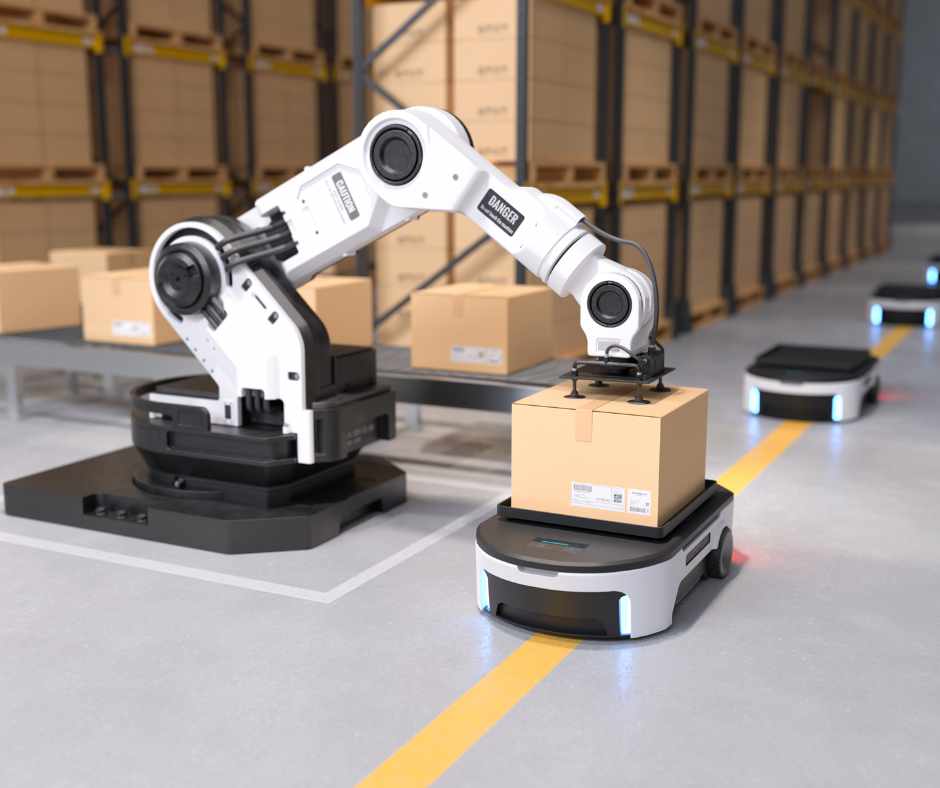Researchers from Stanford University and the Toyota Research Institute have discovered a breakthrough in training AI-based robots. By incorporating audio data in robotics along with visual information, they significantly improved the robots’ learning abilities.
Traditionally, AI robots are trained using extensive visual data. However, the team questioned if adding audio could enhance the learning process, TechExplore said. For example, when a robot learns to open a cereal box, hearing the sounds of the box opening and the cereal pouring could aid in the learning process.
Experiments and Findings
To test this theory, the researchers conducted four experiments. One of them was flipping a bagel. Teaching a robot to turn over a bagel in a frying pan using a spatula. Another one was having a robot choose the correct tape size to attach a wire to a plastic strip or instructing a robot to use an eraser to remove an image.
When performing the tasks, researchers used both visual data alone and a combination of visual and audio data. The results showed that adding audio significantly improved the robots’ speed and accuracy in some tasks. For instance, the robot performed much better in pouring dice and erasing the whiteboard when it could hear the associated sounds.
Future Applications and Challenges of Using Audio Data in Robotics
The study highlights that audio data can provide valuable contextual information, especially in tasks where visual data might be ambiguous or incomplete. This finding could revolutionize the way robots are trained, making them more efficient and adaptable.
However, there are some challenges. The benefits of audio data are task-specific; for example, it didn’t significantly help in flipping the bagel. Additionally, integrating audio into the robots’ learning processes requires sophisticated noise-filtering techniques to differentiate between useful sounds and background noise.
Next Steps
The researchers suggest that future studies should explore incorporating more microphones and collecting spatial audio. This could further enhance the robots’ ability to understand and interact with their environments.









